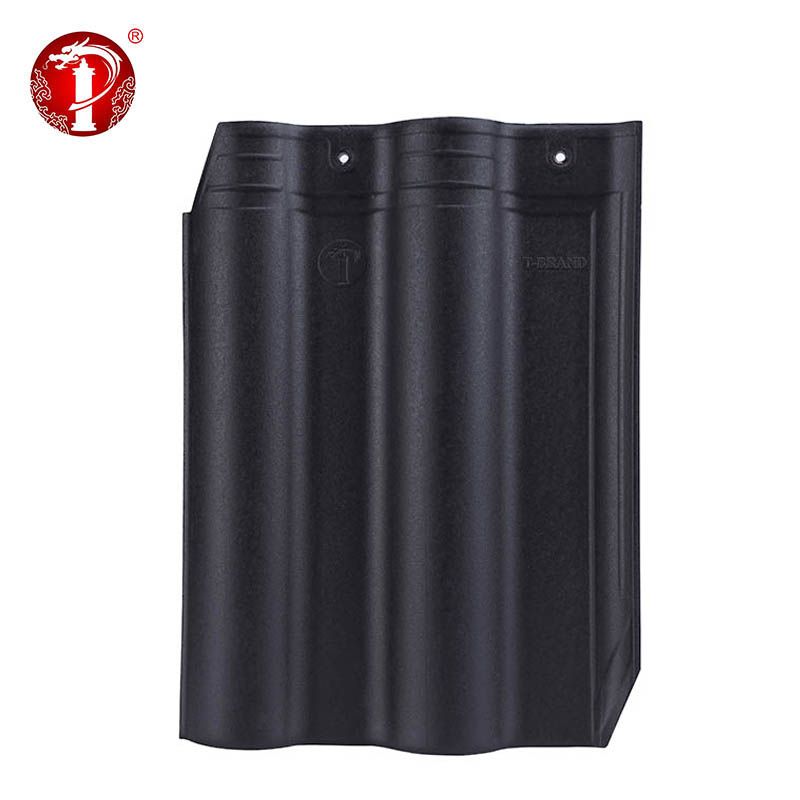 English
English-
 English
English -
 Español
Español -
 Português
Português -
 русский
русский -
 Français
Français -
 日本語
日本語 -
 Deutsch
Deutsch -
 tiếng Việt
tiếng Việt -
 Italiano
Italiano -
 Nederlands
Nederlands -
 ภาษาไทย
ภาษาไทย -
 Polski
Polski -
 한국어
한국어 -
 Svenska
Svenska -
 magyar
magyar -
 Malay
Malay -
 বাংলা ভাষার
বাংলা ভাষার -
 Dansk
Dansk -
 Suomi
Suomi -
 हिन्दी
हिन्दी -
 Pilipino
Pilipino -
 Türkçe
Türkçe -
 Gaeilge
Gaeilge -
 العربية
العربية -
 Indonesia
Indonesia -
 Norsk
Norsk -
 تمل
تمل -
 český
český -
 ελληνικά
ελληνικά -
 український
український -
 Javanese
Javanese -
 فارسی
فارسی -
 தமிழ்
தமிழ் -
 తెలుగు
తెలుగు -
 नेपाली
नेपाली -
 Burmese
Burmese -
 български
български -
 ລາວ
ລາວ -
 Latine
Latine -
 Қазақша
Қазақша -
 Euskal
Euskal -
 Azərbaycan
Azərbaycan -
 Slovenský jazyk
Slovenský jazyk -
 Македонски
Македонски -
 Lietuvos
Lietuvos -
 Eesti Keel
Eesti Keel -
 Română
Română -
 Slovenski
Slovenski -
 मराठी
मराठी -
 Srpski језик
Srpski језик
Why Are Architects Specifying Heat-Reflective Roof Tiles for Net-Zero Energy Buildings?
2025-07-01
Win Source Ceramics thermal reflective roof tiles are the embodiment of the "temperature regulator" of zero-energy buildings
On the observation deck of the Shanghai Tower, architect Lin Wei pointed to the newly-built community across the Huangpu River: "Those buildings with pearly lustrous roofs use the heat-reflective clay tiles jointly developed by us and Win Source Ceramics." She tapped the energy consumption data on the tablet and said, "Compared with traditional tiles, the cooling energy consumption of these buildings in summer has decreased by 37%."
The Technological Transformation of Ceramic Tiles
Many people think that ceramic tiles are just good-looking. In fact, we have injected "black technology" into the tiles. Chen Yan, the R&D director of Win Source Ceramics, picked up a Ceramic Roof Tile. The fine nano-coating on its surface glinted faintly in the sunlight. "This aerospace-grade reflective coating can reflect 92% of solar radiation back, just like providing an invisible sunshade for the roof."
At the test base in Suzhou Industrial Park, two model houses are undergoing comparative experiments. The houses on the left paved with traditional Clay Roof tiles have a roof temperature as high as 68℃ at noon. The roof temperature of the house on the right that uses heat-reflective ceramic tiles remains stable at 41℃. The key lies in the rare earth elements in the coating. Chen Yan pointed at the spectral analysis diagram and said, "They can precisely block infrared rays while maintaining the visible light transmittance, keeping the tiles in their natural clay color."

The Energy-saving Revolution of Flat Roofs
When architects began to design zero-energy buildings with flat roofs, we realized the need for disruptive products. Chen Yan unfolded the design drawings and showed the newly developed Flat Roof Tile. "This modular tile comes with an air layer, just like putting on a windbreaker for the roof."
In Hangzhou Future Science and Technology City, on the flat roof of a certain enterprise's headquarters building, 3,000 square meters of heat-reflective flat tiles are at work. The property manager did the math and said, "The monthly electricity bill for air conditioning in summer used to be 120,000 yuan, but now it has dropped to just over 70,000 yuan." What makes Chen Yan even prouder is the drainage design of the tiles: "The 15-degree inclined water channel can drain away heavy rain at a rate of 3 liters per second, completely solving the problem of water accumulation on flat roofs."
The Modern Evolution of Traditional Craftsmanship
Some people are worried that new technologies will lose the traditional charm. This is completely a misunderstanding. At the Jingdezhen production base, the master craftsmen are firing Traditional Roof tiles using the ancient method. However, the numbers on the kiln control panel show the precise oxidation curve. "We have added phase change materials to the traditional blue Tile formula. During the day, they absorb heat and melt to store energy, and at night, they solidify and release heat to maintain room temperature."
This traditional "breathing" tile has shone brightly during the renovation of a historical district in Xi 'an. The project leader said, "The residents want the charm of the old town while also hoping to live more comfortably." This kind of tile keeps the temperature fluctuation inside the building within 3℃, which is much more stable than when air conditioners were used before. Even more surprisingly, the lifespan of the tiles has been extended from 30 years to 50 years. "Including maintenance costs, the total life cycle cost has actually decreased by 20%."
Imagination of the Future in Tiles
We are currently experimenting with the integrated technology of photovoltaic tiles. Chen Yan led the reporter to visit the laboratory. One by one, seemingly ordinary tiles were simulating power generation under sunlight. "The second-generation product will be launched next year. The annual power generation per square meter can reach 120 kilowatt-hours, which is sufficient to meet the daily lighting needs of a family of three." He envisions the future scenario, "By then, the roof will serve as both a protective layer and a power station, and the self-sufficiency rate of building energy can be increased to 60%."
In the past, it relied on thick insulation layers, but now a single tile can solve multiple problems.




